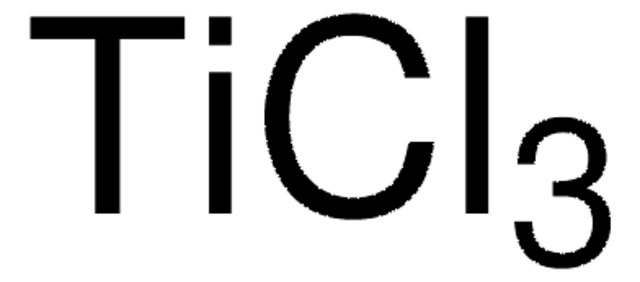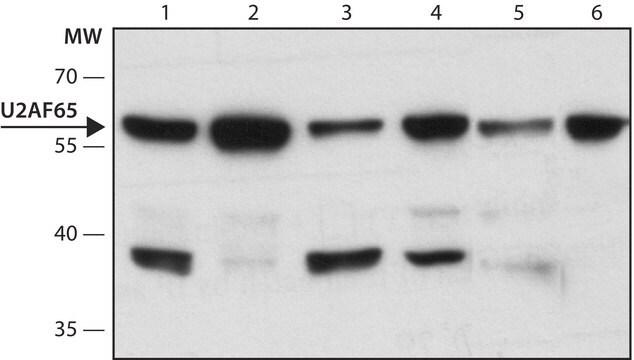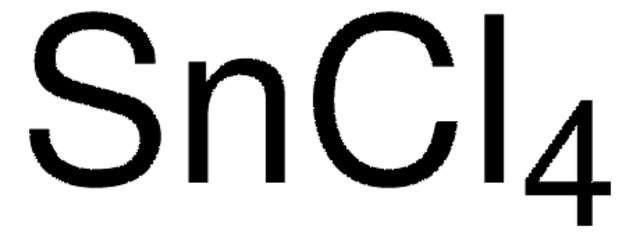208566
Titanium(IV) chloride
ReagentPlus®, 99.9% trace metals basis
Sinónimos:
TTC, Titanium tetrachloride
About This Item
Productos recomendados
presión de vapor
50 mmHg ( 55 °C)
9.6 mmHg ( 20 °C)
Nivel de calidad
100
200
Línea del producto
ReagentPlus®
Ensayo
99.9% trace metals basis
Formulario
liquid
idoneidad de la reacción
reagent type: catalyst
core: titanium
bp
135-136 °C (lit.)
mp
−25 °C (lit.)
densidad
1.73 g/mL at 20 °C (lit.)
cadena SMILES
Cl[Ti](Cl)(Cl)Cl
InChI
1S/4ClH.Ti/h4*1H;/q;;;;+4/p-4
Clave InChI
XJDNKRIXUMDJCW-UHFFFAOYSA-J
¿Está buscando productos similares? Visita Guía de comparación de productos
Descripción general
Aplicación
- carboxylic acid and acyl chloride to alcohols
- carboxamides, oximes and lactams to amines
- sulfoxides to sulfides
Información legal
¿No encuentra el producto adecuado?
Pruebe nuestro Herramienta de selección de productos.
Palabra de señalización
Danger
Frases de peligro
Consejos de prudencia
Clasificaciones de peligro
Acute Tox. 1 Inhalation - Eye Dam. 1 - Skin Corr. 1B - STOT SE 3
Órganos de actuación
Respiratory system
Riesgos supl.
Código de clase de almacenamiento
6.1B - Non-combustible acute toxic Cat. 1 and 2 / very toxic hazardous materials
Clase de riesgo para el agua (WGK)
WGK 1
Punto de inflamabilidad (°F)
Not applicable
Punto de inflamabilidad (°C)
Not applicable
Elija entre una de las versiones más recientes:
¿Ya tiene este producto?
Encuentre la documentación para los productos que ha comprado recientemente en la Biblioteca de documentos.
Los clientes también vieron
Nuestro equipo de científicos tiene experiencia en todas las áreas de investigación: Ciencias de la vida, Ciencia de los materiales, Síntesis química, Cromatografía, Analítica y muchas otras.
Póngase en contacto con el Servicio técnico









